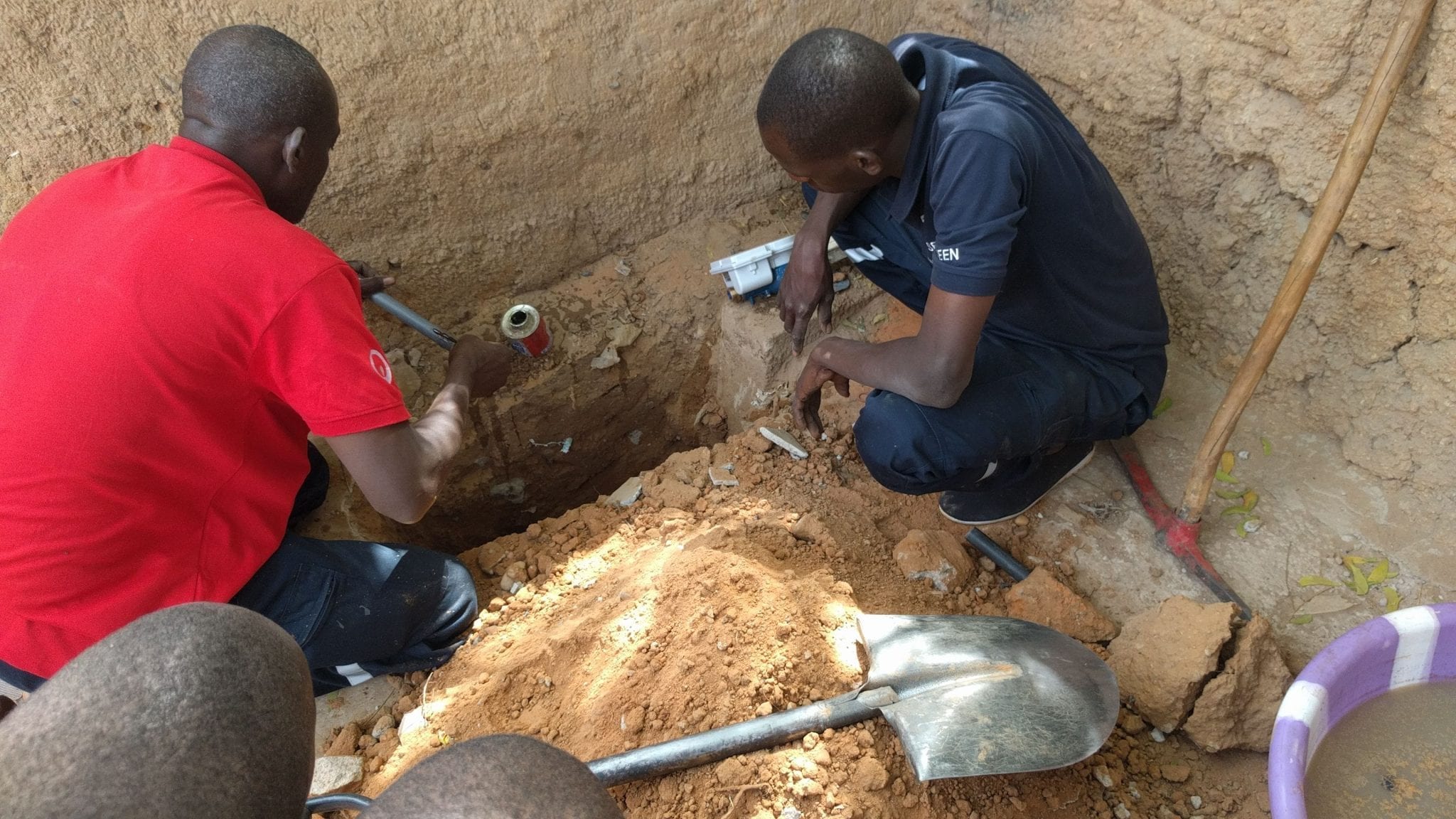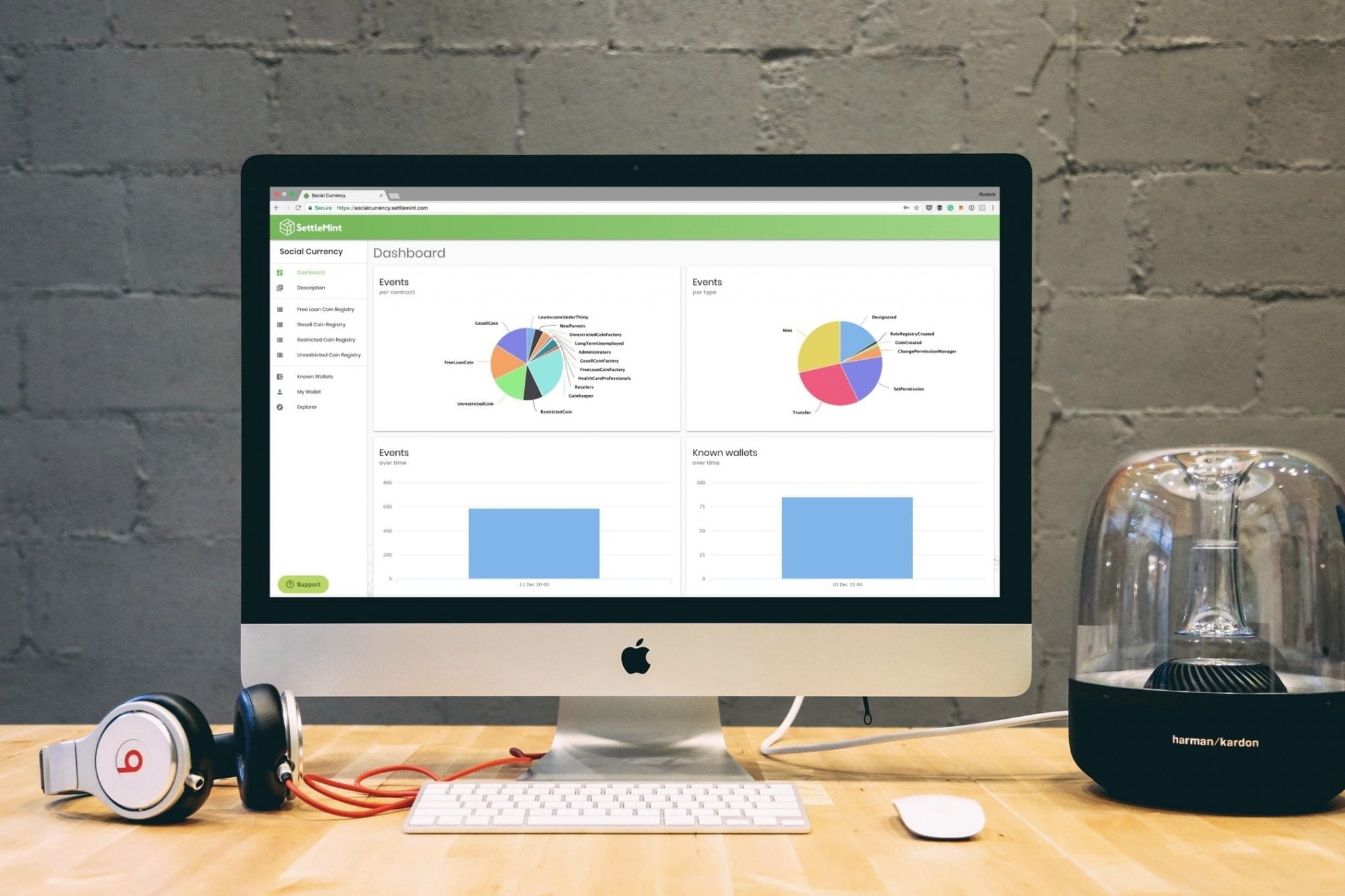The Rise of European Water Start-Ups: Who Are the Next Champions?
Although it is still early, European water start-ups are already changing the way water and wastewater is managed today, shaping tomorrow’s market.
It is an interesting and exciting time in the water sector’s history. Innovation has never been so prominent on the national and European agendas. It now appears as a priority in every program of the European Union and in strategies’ of water utilities and technology companies, as a prerequisite to survive this competitive sector.
When we look at the European start-ups’ environment, five areas can immediately be highlighted:
- Access to water in developing countries
- Water efficiency
- Water and wastewater network monitoring / leakage detection
- Wastewater treatment for industrial uses and for tackling emerging pollutants
- Irrigation management
Let’s face it. These start-ups are still at their early stages and the challenge will be to ensure that they grow into tomorrow’s tech champions. Becoming a tech champion is indeed a challenge, and generally speaking in Europe, we have not yet identified many of these across all cleantech sectors, not just in water.
To grow, a start-up needs money. Even if there has been a greater attraction regarding water finance over the last years, healthcare, fintech, and software are still the most invested sectors in 2018. When it comes to the last two, artificial intelligence, Internet of Things and Blockchain have attracted the biggest share of the investments. Almost €11 billion have been invested in those industries from January to September 2018. Even the energy sector, which has been high on the European agenda, has “only” received €1.2 billion (Source: dealroom Co., 2018).
On the basis of these findings, one could say that the water sector should become more attractive to investors.
So how to explain the complexity to grow for a start-up? It lies in six letters: M A R K E T.
Start-ups are introducing new value propositions to the market, which entail the technology and increasingly, a different business model, compared to what we have traditionally known in water. One key aspect with the market is information. Presently, very little is known on the end-users’ side about the opportunities brought about by innovative solutions.
The “movers and shakers” in the water sector
These 5 European start-ups are already making their headway. Although each of them is at an early stage, their new concepts could be here to stay for a while to take them to being the next water champions.
Smart wastewater treatment
Oxymem commercialises a revolutionary membrane to increase capacity and improve the efficiency of the aeration process during the secondary treatment. Its innovative drop in technology is a membrane aerated biofilm reactor (MABR). The technology addresses the municipal and industrial markets and reduces energy costs of conventional aeration by 75% and the general OPEX by 50-60%. One of the most compelling aspects of the technology is it can be used to add additional capacity without any additional footprint into existing wastewater treatment works. Oxymem was set up in Ireland in 2013 and is estimated to have raised close to €10 million from investors and reached over €2 million in revenues this year. OxyMem has doubled their workforce to 50 in the last 6 months and are increasing production capacity significantly. After five years in operation Wayne Byrne, the CEO of Oxymem shares how the business intends to focus its next round of efforts to grow the business “When we launched we were certain we had the best performance for the lowest cost. However we quickly learned that market adoption was highly dependent on eliminating the risk of deploying and scaling. Today we believe we can offer it all with MABR, the most innovative, sustainable and cost effective solution for wastewater treatment…with the lowest capital, process, and performance risk”. Byrne went on to say ‘We hope that, as regards our operations in Europe, the future European Water Legislation will be an effective and real enabler for our company and will incentivise utilities to turn to innovative technologies”.

Promising start-ups tick the boxes in fintech and software
CityTaps is a French-based social & tech start-up, which is the perfect illustration of being more than just a “water start-up”, as it combines water, Internet of Things, and fintech. CityTaps has developed a smart pay-as-you-go (PAYGO) solution that allows customers to pay for on-premises water service with any phone, at any time, for any amount that fits their budget. Over only two years, CityTaps has cooperated with the national water utility Société d’Exploitation des Eaux du Niger (SEEN), which will finish the deployment of 1,325 meters by December 2018, estimated to benefit around 13,000 people. 10,000 CTMeters will be installed in 2019 and 2020, which will benefit an estimated 80,000 people. Grégoire Landel, CEO of CityTaps says: “CityTaps’ objective is to help provide access to water to at least 2 million people in developing countries by 2022. As an innovative start-up with experience in the field, we find it difficult to deploy our solution under the current models for water access project funding. As an early stage company, we lack the references to compete for large-scale projects. To help ensure that utilities access innovative and scalable solutions like ours, CityTaps hopes that European institutions will consider funding small to mid-scale projects (typically between €500,000 to €2 million) as precursors to large scale deployments of groundbreaking technologies. CityTaps would be happy to provide an early-stage company’s perspective to interested European institutions so that there can be collectively strive to make universal water access a reality.”

Another illustration of the application of Blockchain to water is SettleMint, a Belgian Blockchain technology company which was set up in 2016. SettleMint has developed a solution, whose competitive advantage is to make blockchain accessible to IT teams in companies within a few days. SettleMint is looking at the water sector for opportunities such as the tokenization of water assets for tracking supply and trading and the introduction of a different approach to billing and contracts between buyers and sellers. In Spring 2018, SettleMint has signed a Letter of Intent with another Belgian start-up, Strategic Water, which is aimed at addressing the market of water technology providers, “merging cutting-edge data science with water and wastewater treatment technologies in order to optimize performance and change the value proposition around data in the sector” (Source: DataBroker DAO, 2018). Matthew Van Niekerk says: “SettleMint is looking for partners in the water sector, who would like to launch a use case or two. After an analysis phase, we move to a pilot phase during which the application is built on our core technology Mint and Mint is licensed to them for usage in their use case. The process is easy and the costs are dramatically cut because we help companies to be operational within 3 weeks instead of 18 months”.

Matthew Van Niekerk says: “SettleMint is looking for partners in the water sector, who would like to launch a use case or two. After an analysis phase, we move to a pilot phase during which the application is built on our core technology Mint and Mint is licensed to them for usage in their use case. The process is easy and the costs are dramatically cut because we help companies to be operational within 3 weeks instead of 18 months”.
“Big data” is not always the rule for water management
Demand Side Instruments is a French start-up, whose core objectives are to protect natural resources and maintain a hydrological balance, which will prevent the successive floods and drought episodes. Demand Side Instruments was set up only five years ago and already employs 22 people. In addition to their value proposition for the irrigation water market, this rapid expansion is linked to the start-up’s objective to scale the business through diversifying and extending the activities to the energy market and focusing on partnerships with technology providers and water utilities to accelerate the “go-to-market”. Similar to many other start-ups, Demand Side Instruments’ business model is based on a “Data as a Service” through a platform that can be adapted to each users’ needs. Their differentiation lies in their approach to the market. Frédéric Villain, CEO of Demand Side Instruments says: “In a world, where “big data” have become the standard, we are keen to favour “small data”, which are the relevant data that will be useful for the farmers to know to run their irrigation system and increase their revenues. We want to ensure that this “small data” model leads to inputs savings, to increase famers’ profit margins. Water savings should lead to an increase in revenues and not a profit loss.” Frédéric Villain adds “Demand Side Instruments hopes that “Europe will further support innovation in irrigation. The Agtech market is huge. We now need to accelerate the technology uptake to make it increasingly successful”.
From telecom to sewer network monitoring
Nuron is a young UK-based start-up, which is born from the management team’s experience of working with the water sector, when working in the telecommunications sector. The main thrust of Nuron is to use fiber-sensing technology to monitor sewer networks, and deliver the real-time data and intelligence to, transform infrastructure into intelligent infrastructure. The solution has a dual purpose: enhancing the visibility of the network and delivering new capacity for dense urban fibre networks required for broadband and 5G coverage. Deployment of the solution has started in the UK and strong interest has been expressed by other water utilities at a global level. Claire Fenwick says: “Nuron hopes that the European Union will recognise that technologies like ours are vital to the responsible operation of and future proofing of it’s sewer networks. For water companies, our technology enables a transformation to proactive and predictive management, which means a reduction in blockages, pollution incidents and operational cost. By helping to prevent Combined Sewer Overflows, it supports the implementation of the Bathing Water Directive and other Directives protecting water resources quality; whilst delivering vital fibre infrastructure to support the growth of our digital economy. Despite the future Brexit, Nuron’s market is not just limited to the UK and considers mainland Europe one of the next key regions to implement our technology.”
Europe has clear areas of competences in water and wastewater innovations. There is no shortage of capital and the start-ups landscape is expanding, with examples of successful companies like the ones above, which prove the case to move away from the common discussion we usually hear about the water sector. We are however, not there yet. There is more to do, in particular regarding the market. The future should therefore be about designing European and national specific targeted measures that will truly make the market aware of the forthcoming and available innovations, and make it acknowledge the benefits. The future should equally be about highlighting and helping start-ups, which will be both our tomorrow’s champions and important contributors to climate change adaptation and mitigation.